Specification
-
Camera Type: Mirrorless
-
Announced: 9th July 2020
-
Sensor: 45Mp Full-frame Dual Pixel CMOS AF II
-
Processor: Digic X
-
Lens mount: RF
-
Sensitivity range: Stills: ISO 100-51,200 expandable to ISO 50-102,400, Movies: ISO 100-25600, expandable to ISO ISO 51,200
-
Metering: 384-zone metering with Evaluative metering (linked to All AF points), Partial metering (approx. 6.1% of viewfinder at centre), Spot metering: Centre spot metering (approx. 3.1% viewfinder at centre), Centre weighted average metering
-
Shutter speed range: 1/8000sec-30 seconds and Bulb
-
File formats: Raw + Jpeg/HEIF, MP4
-
Maximum continuous shooting rate: Mechanical shutter: 12fps, Electronic shutter: 20fps
-
Maximum video resolution: Uncropped, internal raw recording 8K video at up to 29.97fps in 4:2:2 10-bit in Canon Log (H.265) or 4:2:2 10-bit HDR PQ (H.265), Uncropped internal recording 4K video at up to 119.88fps in 4:2:2 10-bit in Canon Log (H.265) or 4:2:2 10-bit HDR PQ (H.265) 4:2:2 10-bit in Canon Log or 4:2:2 10-bit HDR PQ, 4K output over HDMI at up to 59.94fps
-
Autofocus system: Dual Pixel CMOS AF II phase detection with 5940 points in stills and 4500 points in movie mode
-
Viewfinder: 0.5-inch 5.76million-dot OLED electronic viewfinder with 120fps display and 0.76x magnification
-
Screen: 3.15-inch 2.1-million dot vari-angle touchscreen
-
Autofocus: Dual Pixel CMOS AF II with Advanced Animal AF (recognising dogs, cats and birds) supported in all video modes with 100% coverage and up to 1053 'AF segments'
-
Stabilisation: In-body image stabilisation (IBIS) that works with lens IS and enables up to 8-stops of shutter speed compensation
-
Storage: Dual slots, 1x CFexpress, 1x SDXC UHS-II
-
Dimensions: 135.8 x 97.5 x 88mm
-
Weight: 650 g / 738 g with card and battery
Inside the flagship Canon EOS R5 is a new full-frame sensor with 45million effective pixels. Canon has introduced a new version of its Dual Pixel CMOS AF sensor design, called Dual Pixel CMOS AF II and this helps deliver some impressive autofocus functionality in the EOS R5.
For example, 100% of the vertical and horizontal space of the sensor is covered by the autofocus (AF) system and there are 5,940 selectable AF points. In addition, the detection and tracking is said to be improved with better eye-detection performance and it’s capable of detecting human heads and animals including dogs, cats and birds.
The animal detection, combined with the maximum continuous shooting rates of 12fps (frames per second) with the mechanical shutter and 20fps with the electronic shutter should be a major bonus for anyone shooting birds in flight.
According to Canon, the EOS R5 can focus in 0.05 seconds, which is a new world record, and in light as low as -6EV.
Further good news is that all the autofocus functionality is available in all of the video modes.
In-body images stabilisation (IBIS) is now an expected feature and although Canon has previously relied upon lens-based stabilisation, the EOS R5 has 5 axis IBIS. It also steals the IS crown with a claimed shutter speed compensation of 8Ev. That’s the difference between 1/500 sec and 1.3sec!
With the exceptions of the Canon RF 800mm f/11 IS STM and RF600mm f/11 IS STM, the IBIS works in tandem with lens stabilisation to deliver the best result possible. This is facilitated by the improved communication between the lens and camera body which is made possible by the RF mount’s 12-pin connection.
For video, the main headline for the Canon R5 is that it can shoot raw 8K 12-bit video at up to 29.97fps. It’s also possible to shoot in 4:2:2 10-bit in Canon Log (H.265) or 4:2:2 10-bit HDR PQ (H.265).
In lay terms, an 8K video frame is equivalent to a 35Mp image and shooting in 4:2:2 10-bit with Canon Log means there should be plenty of scope for adjusting/grading footage post-capture. It also means that the EOS R5 can be used alongside other cameras, including Canon’s cine range, and the footage can be made to match.
Alternatively, 4K video can be recorded at up to 119.88fps in 4:2:2 10-bit in Canon Log (H.265) or 4:2:2 10-bit HDR PQ (H.265) 4:2:2 10-bit in Canon Log or 4:2:2 10-bit HDR PQ. That should be great news for slow motion video fans.

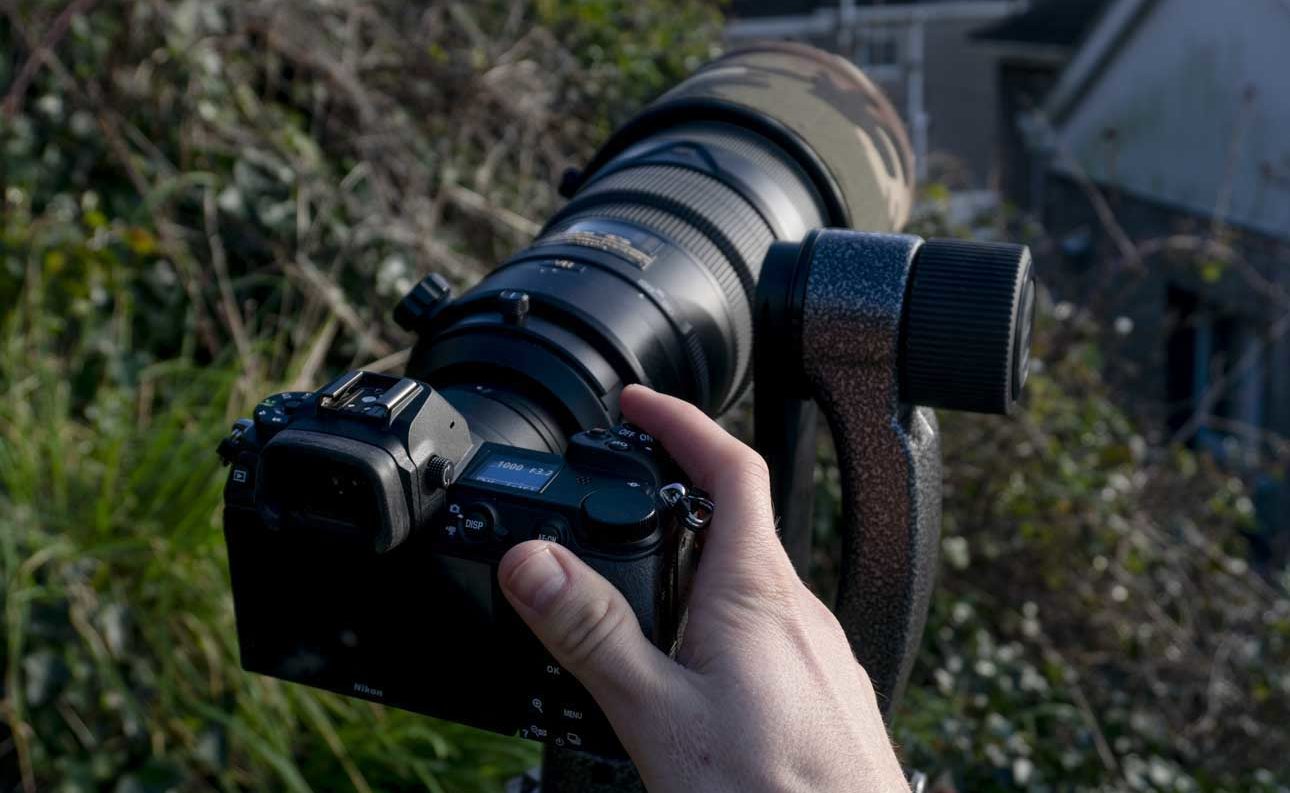




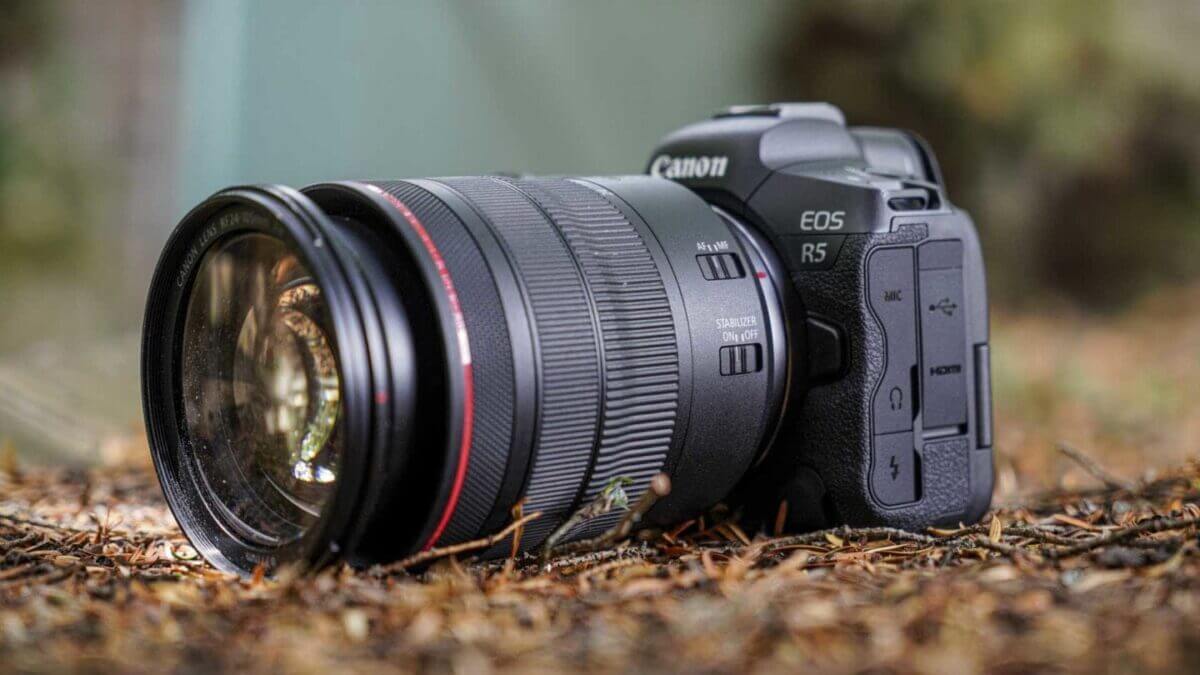

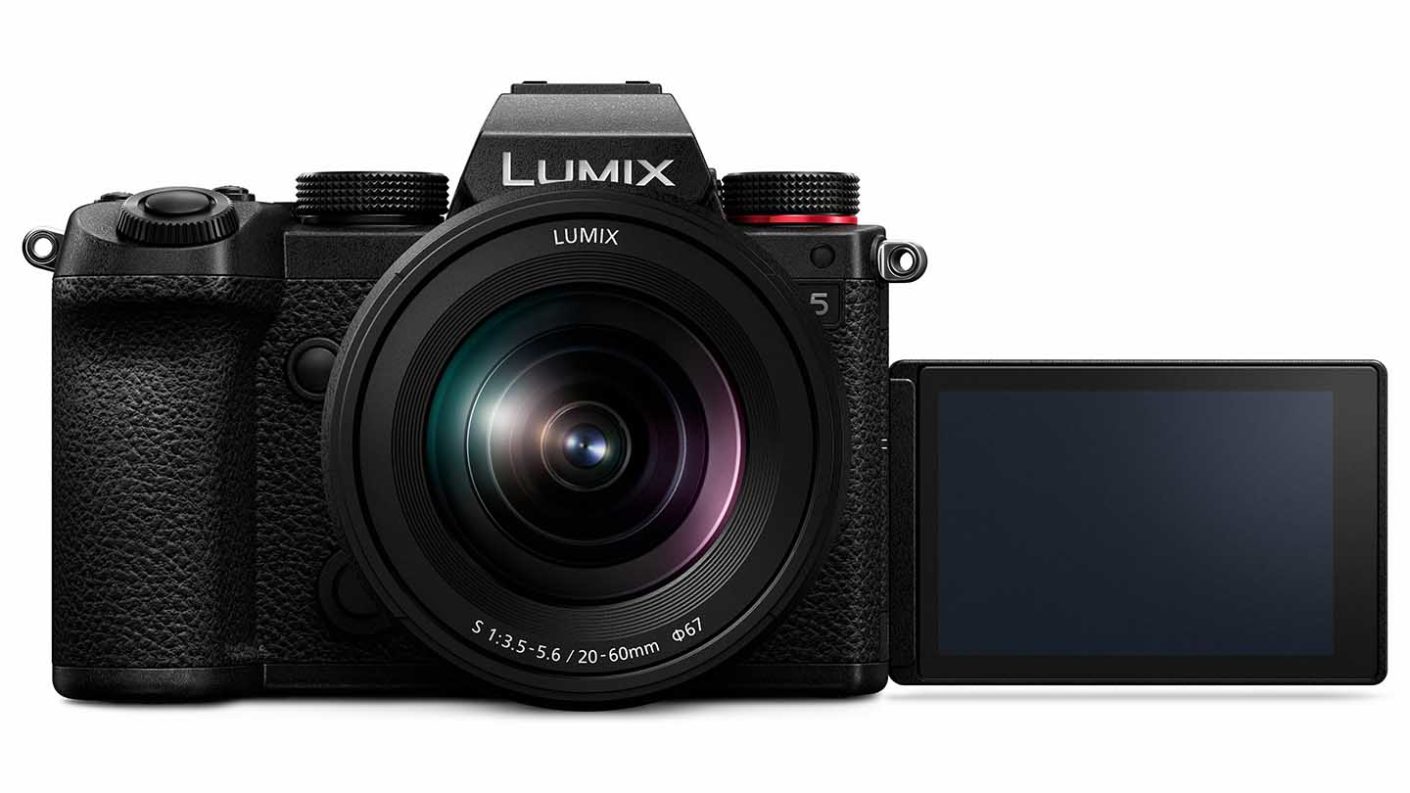
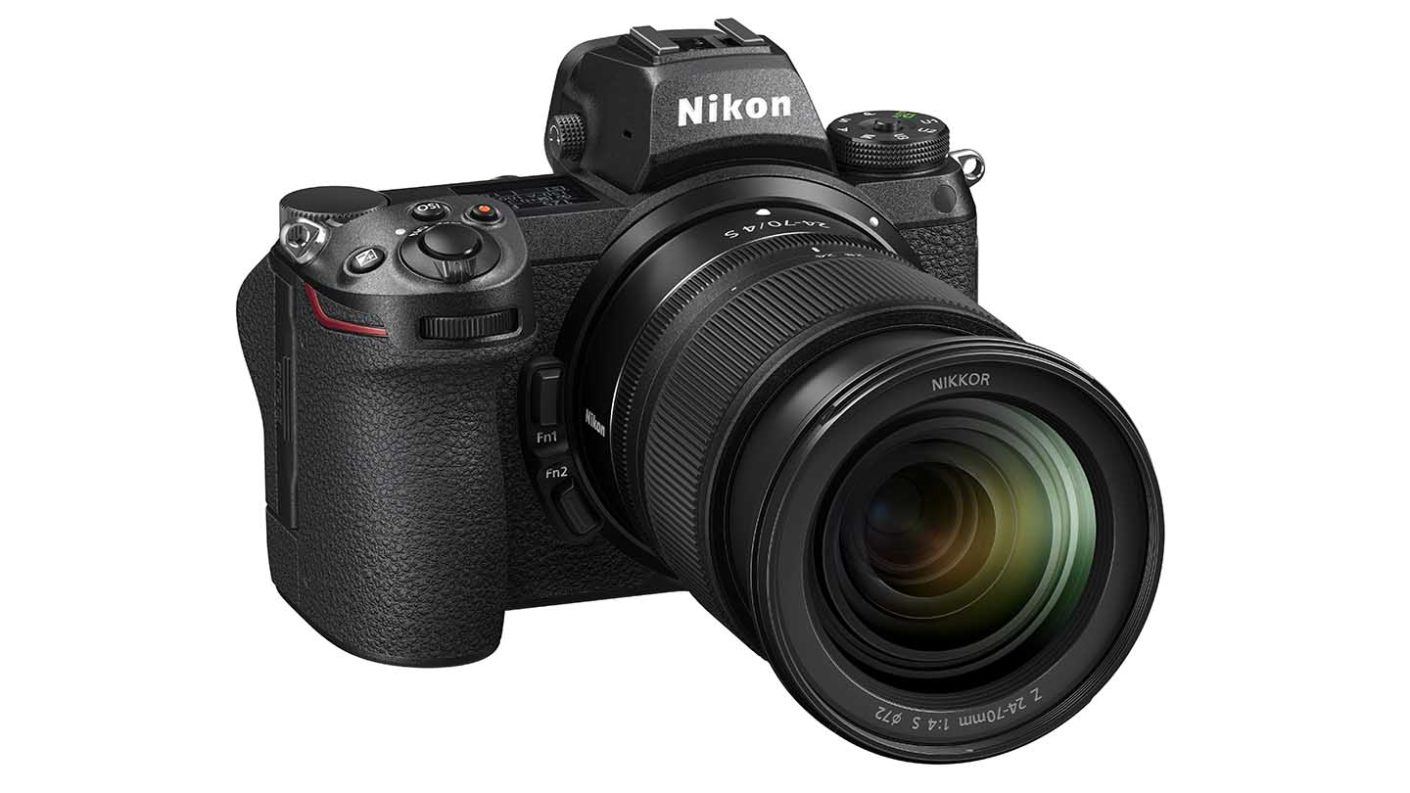
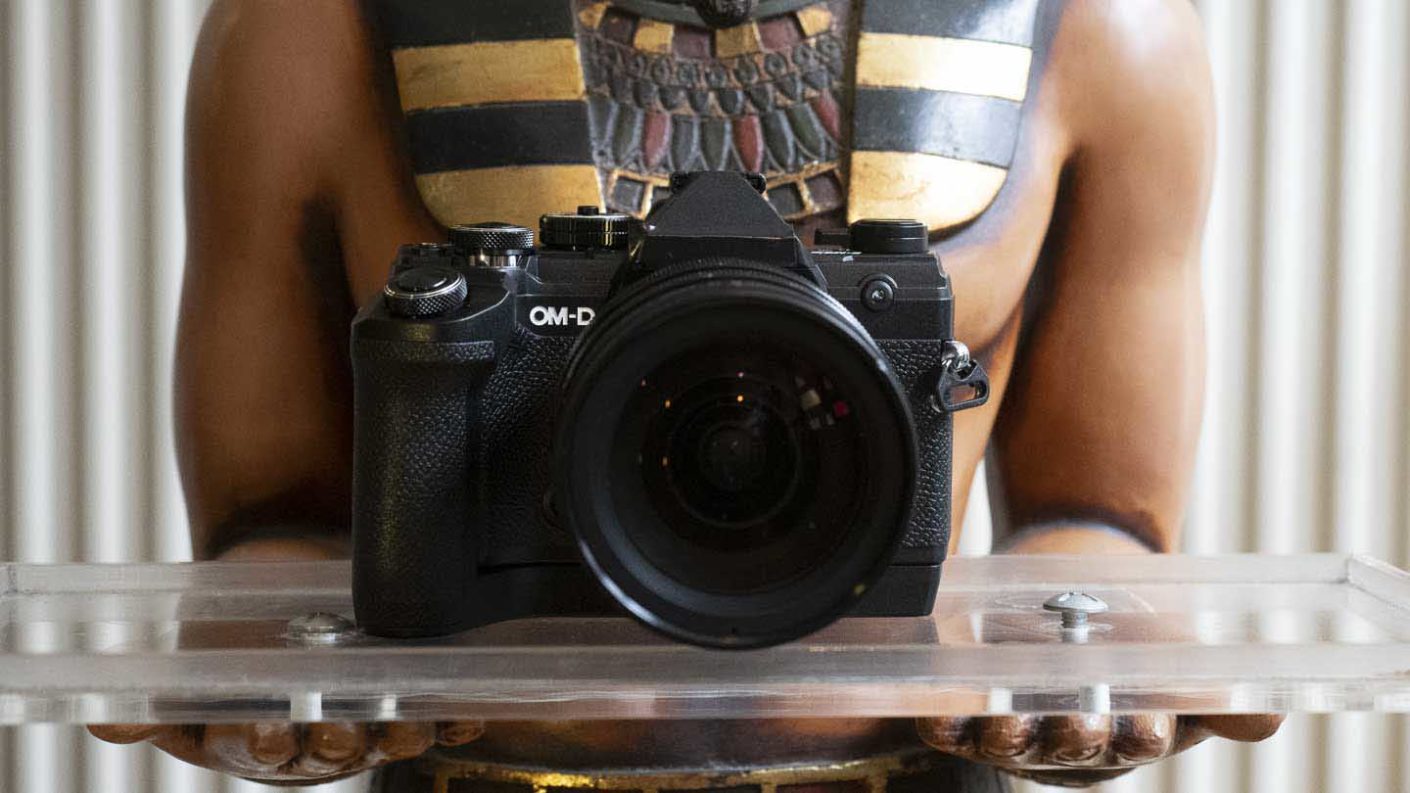
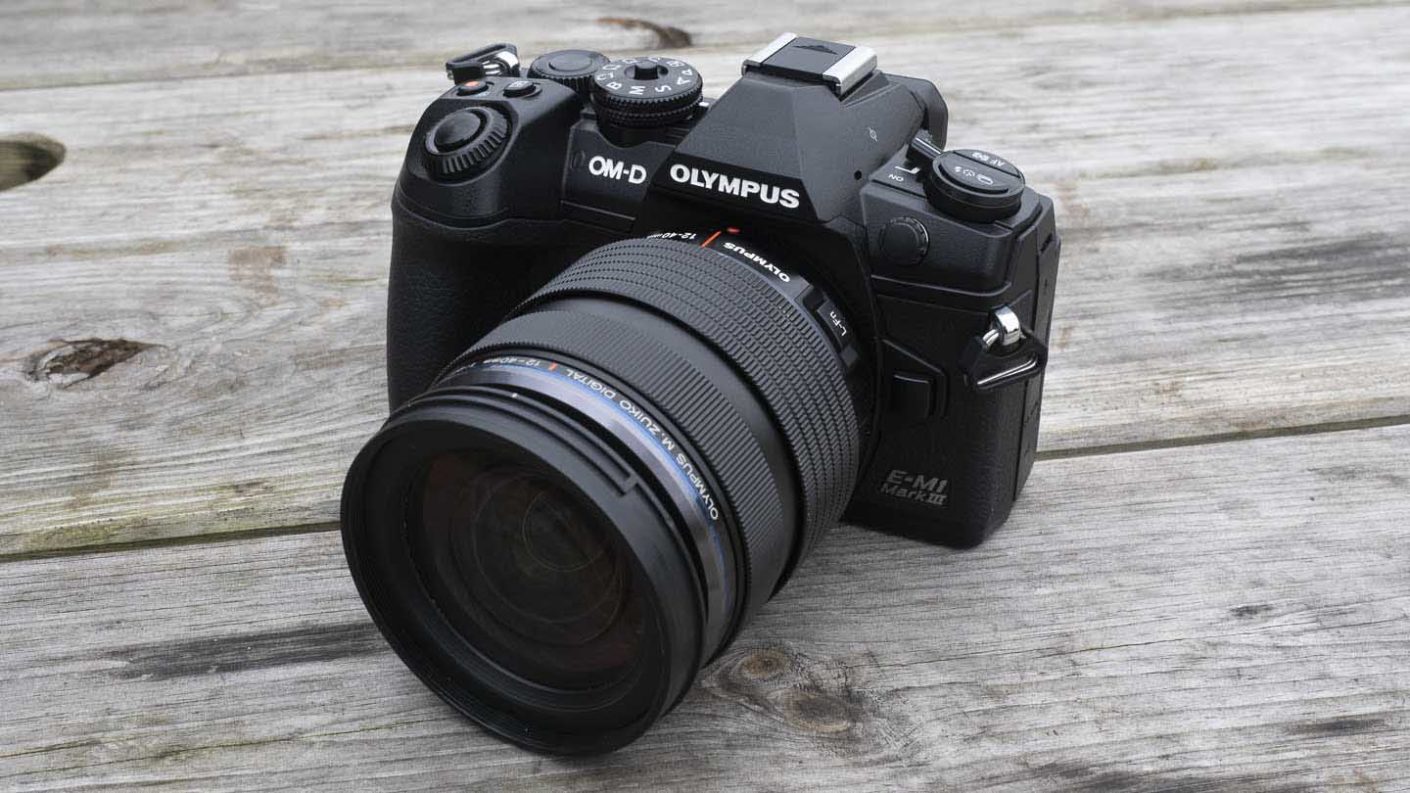
Leave a Reply